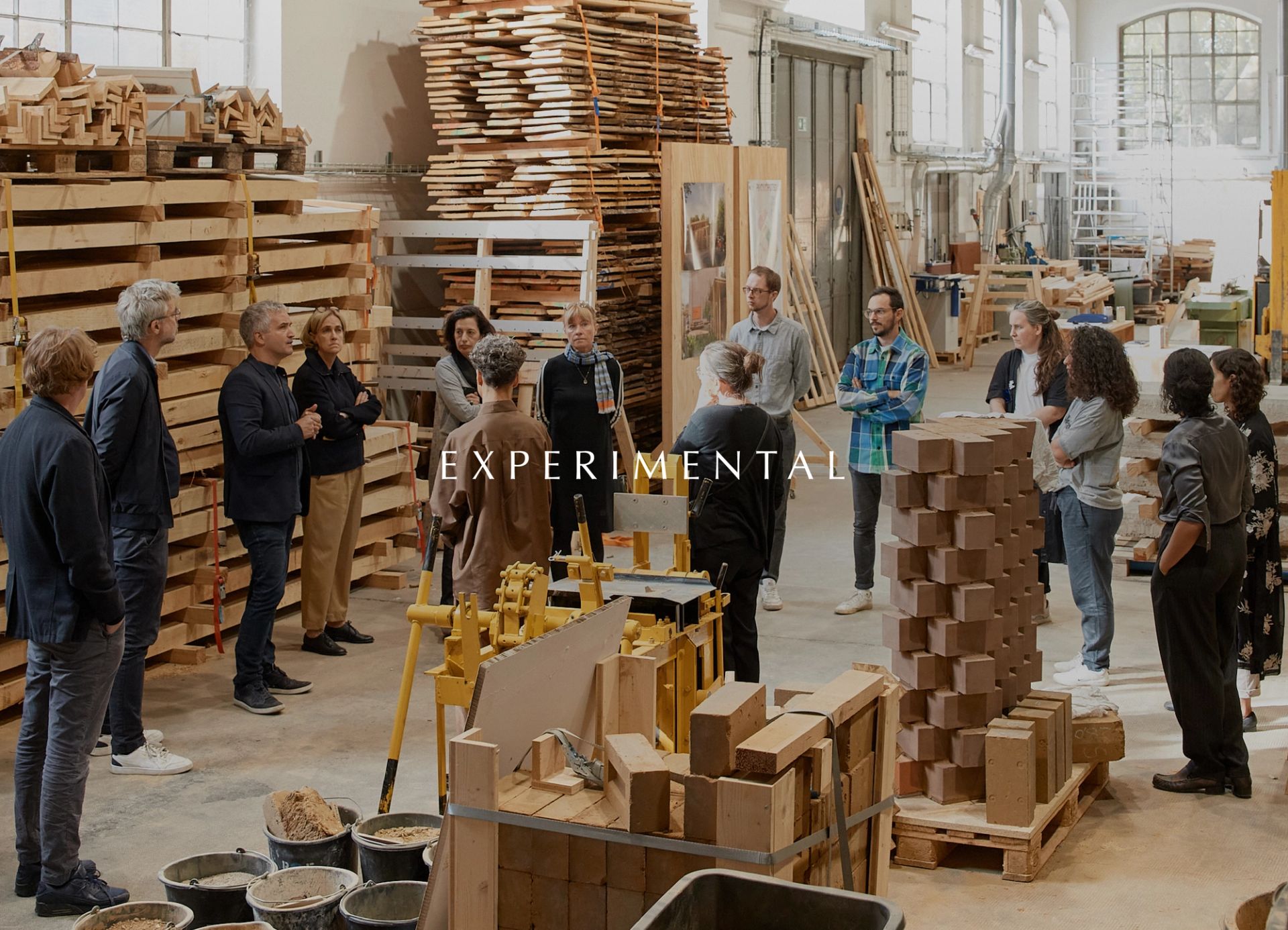At a time when the traditional understanding of care for architectural icons is becoming a universal and ever-expanding professional question, DAI-SAI asks: how can we build strategies of care? As not everything worth preserving can be preserved as an icon, how can we expand the concepts and pursuits of care that are meaningful and sustainable to both the local and the global communities? How may such buildings become something more for their communities, or for people who care about them?
As a member of the European platform LINA, DAI-SAI collaborated with two LINA Fellows who investigated the architectural heritage of the Children’s Maritime Health Resort in Krvavica, Croatia, through the medium of film. The photo essays presented by Joaquin Mora and Rebeka Bratož Gornik explore the notion of social experimental preservation with great affection and empathy.
"From Care to Cure and Back: on Architecture that Heals", by Ana Dana Beroš and Mika Savela
From Care to Cure and Back explores critical architectural heritage, coexistences of past, present and future communities in relation to abandoned architecture and encourages transformation of both material and immaterial environments from “spaces of a common disease” into places of “common healing”. The focus of the research—explored in the medium of film—is The Children’s Maritime Health Resort of Military Insured Persons, an architectural masterpiece built in 1965, designed by the enigmatic Croatian architect Rikard Marasović. While the complex sparks nostalgia and even international architectural interest (it was included in MoMA’s 2018 exhibition Toward a Concrete Utopia Architecture in Yugoslavia, 1948–1980), its contemporary and local realities are tied to multiple layers of current uses, legalities, ownership questions and societal tendencies that reach far beyond purely architectural appreciation.
"'From Care to Cure and Back' encourages transformation of both material and immaterial environments from 'spaces of a common disease' into places of 'common healing'." - Ana Dana Beroš and Mika Savela
The Sound that Remains by Joaquin Mora
In addition to a condition of abandonment, which allows the spaces portrayed to radiate their own memory, the spaces present us with sounds and a sonorous identity that reveals itself in different layers. The experience of living and creating in this space is unique. Every corner of the building expresses itself with sound, with reverberation, deep and also sharp as broken glass. The Sound that Remains is the result of days of feeling and connecting with the building, its materiality, memory and relationship with the territory.
"The spaces present us with sounds and a sonorous identity that reveals itself in different layers." - Joaquin Mora
Timecapsule by Rebeka Bratož Gornik
Timecapsule by Rebeka Bratož Gornik is about the enigmatic architect Rikard Marasović. Played by a prominent local actor, Marasović’s voice is taken by an omnivoice composed of the Krvavica community: architects, researchers, a local historian and former employees. The narration presents and questions the position of the architect's authority in describing the past, present and possible future state of the building, as well as the communities around it.
Bio
The Society of Architects of Istria - Societa architetti dell lstria (DAI-SAI) is a professional organisation of voluntarily associated members that has been operating in the Istrian County since 1998 with the aim of developing and affirming architecture, spatial culture and environmental protection, in accordance with the ethics and principles of the architectural profession.
Rebeka Bratož Gornik is an independent visual researcher and producer focused on documentaries in the field of architecture, social issues and anthropology. As a freelance researcher she is evolving in creative research practices. Her films were presented at different national and international film festivals such as Isola Cinema and 38th Piran Days of Architecture. As a student she attended the architecture festival Bauhaus Radical with a project called Tomoshaus.
Joaquin Mora Saa is a director, producer and audiovisual creative from Santiago del Chile, focused on the relationship between people and the space they inhabit.





